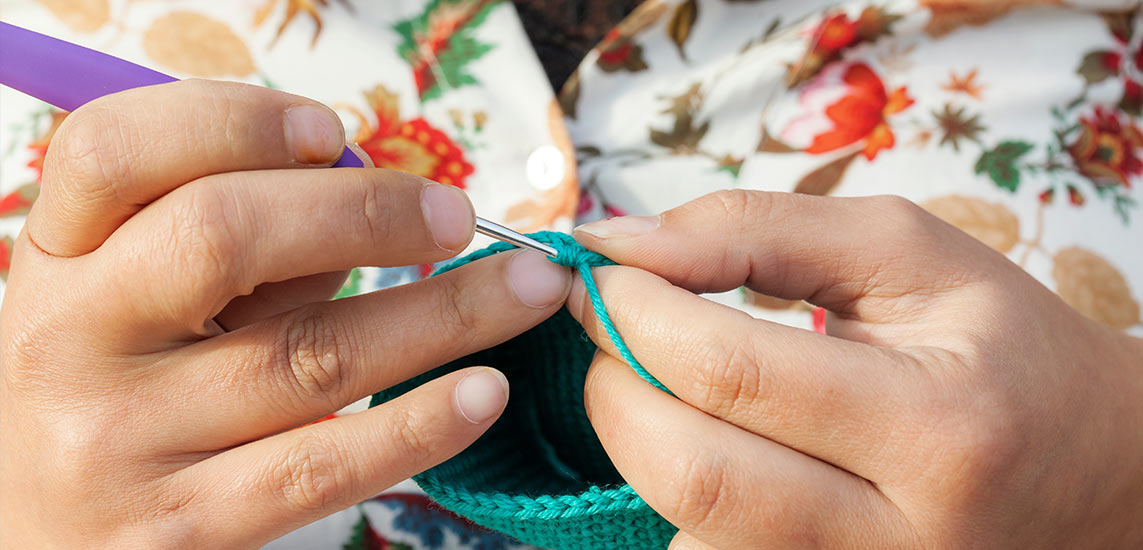Creating lace with a single-ended crochet hook is about delicate voids meticulously interwoven with solid stitches. Lace is about intentional open work – where each gap is as significant as each stitch. It's a play of positive and negative space, achieved by combining basic stitches like single, double, or triple crochets, and chains, orchestrated to form recognizable motifs like shells, fans, and picots. The resultant fabric is airy, lightweight, and often has a flowing drape distinct from denser crochet patterns.
Lacework became popular in Europe in the 19th century among the single-ended crochet techniques. The Irish, burdened by the Potato Famine of the mid-1800s, turned to intricate lacework, now famously known as "Irish Crochet Lace," as a source of income. Their breathtakingly beautiful creations were soon in high demand throughout Europe, making Irish Crochet a household name. Concurrently, distinct styles like Bruges Lace from Belgium and Filet Crochet from France emerged in neighboring regions of Europe.
Which Tools do I need to Crochet Lacework?
When the word 'crochet' floats into a conversation, most of us think of a single-ended crochet hook weaving through yarn. The single-ended crochet hook is, in many ways, the embodiment of traditional crochet practices. Nonetheless, you can create intricate lacework with your Tunisian crochet hook.
Single-Ended Crochet Hook: It is a versatile tool and is recognized for its simplicity. The single-ended crochet hook is available in all sizes and shapes and caters to an extensive range of yarn thicknesses and pattern intricacies.
In lacework, the single-ended crochet hook is employed to craft everything from delicate doilies to airy shawls, each stitch meticulously placed to allow for a harmonious play between solid motifs and openwork. This precision and artistry, along with the traditional techniques associated with the single-ended hook, have made this tool an enduring favorite among crochet enthusiasts.
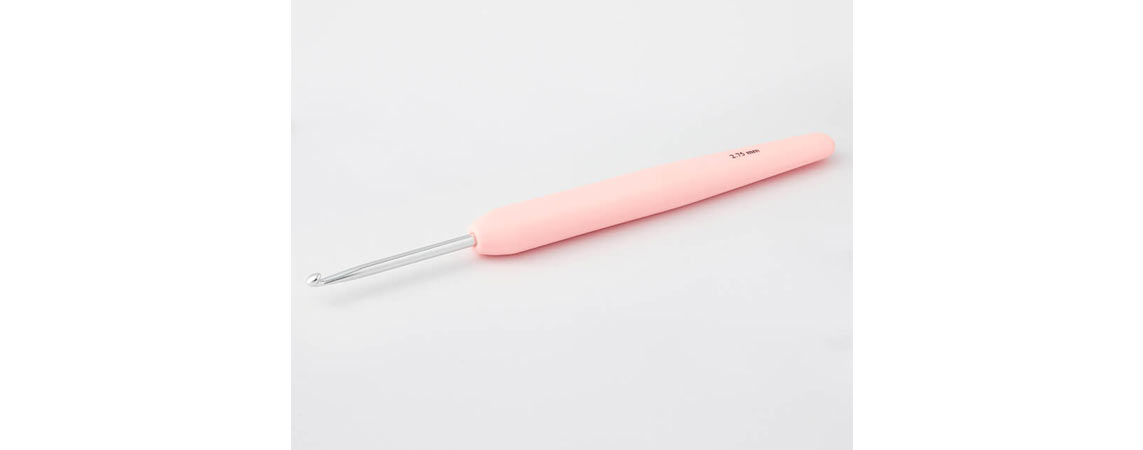
Tunisian Crochet Hook: On the other side, the Tunisian or Afghan hook introduces a fresh dimension to crochet. Characterized by its length and the distinct stopper at its end, it draws parallels with knitting needles yet stands unique in its purpose.
The true distinctiveness of the Tunisian hook lies in its ability to hold multiple stitches at once, creating a denser fabric with a different texture from traditional crochet. This method incorporates a two-step process for each row: a forward pass, where loops are gathered onto the hook, and a return pass, where they are worked off. When it comes to Tunisian lace crochet, the process is a mesmerizing interplay between this two-step technique and traditional lace-making principles. The Tunisian crochet hook offers a blend of knitting and crocheting techniques, resulting in outstanding lacework with a distinctive texture. Projects tend to have a thicker and more enduring feel due to the nature of Tunisian stitches but are equally captivating with their intricate patterns.
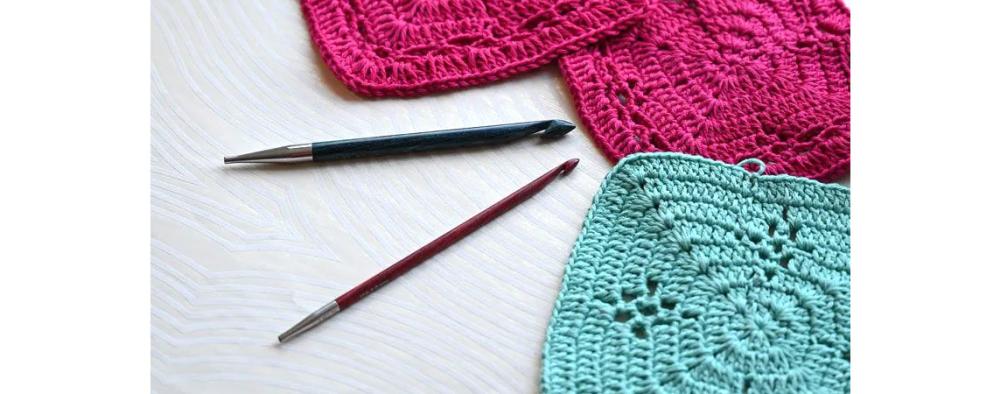
Which Single-ended Crochet Skills do I need to start making Lace today?
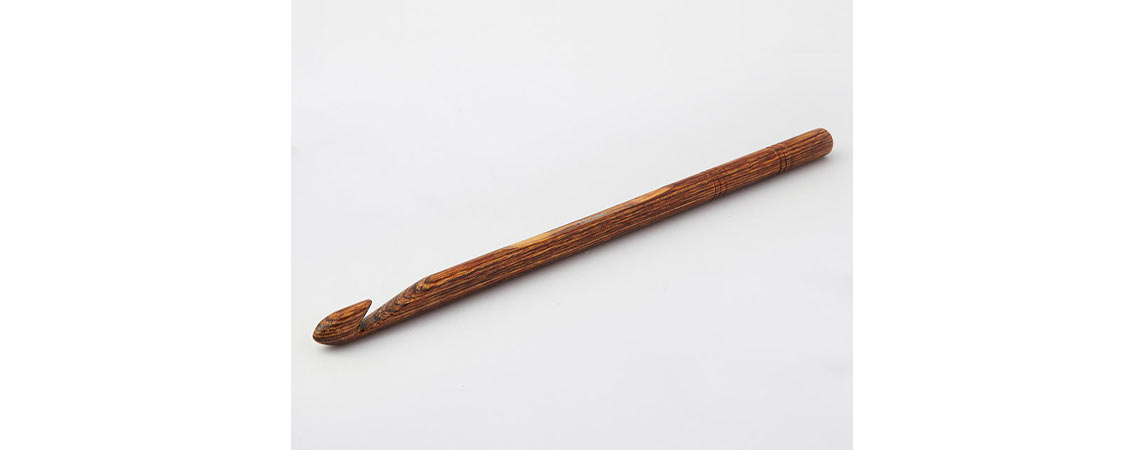
Traditional lace crochet often uses lightweight yarn and a corresponding small crochet hook. Nowadays, you can find lace patterns for all threads and hook sizes.
Before delving into single-ended lace crochet, make sure you're comfortable with basic crochet stitches like chain (ch), single crochet (sc), double crochet (dc), and treble crochet (tr). These stitches are the building blocks for lace patterns.
Select a Pattern: Find a lace crochet pattern that suits your skill level and project goals. Below is a beginner-friendly mesh pattern with a two-row repeat that is perfect for crocheting a market bag or a summer shawl.
Understand Stitch Abbreviations: Lace crochet patterns often use abbreviations for stitches. Make sure you understand the abbreviations used in the pattern instructions. Look at our diagram featuring the most common crochet stitch abbreviations for lacework.
Pay Attention to Yarn Overs: Yarn overs (YO) are essential in creating the holes and airy spaces characteristic of lace crochet. They are usually paired with other stitches to form decorative motifs.
Tension: Keep your tension consistent. In lacework, even tension is crucial. If your stitches are too tight or loose, your delicate pattern will have a distorted look later.
Blocking: Blocking is crucial to open up the lace stitches and achieve a polished look once you've completed your lace crochet project. Gently wash your project, then shape and pin it to the desired dimensions with lace-blocking tools, allowing the pattern to bloom and take on its final form.
Some common Stitch Abbreviations in Single-Ended Lace Crochet
|
Stitch |
Abbreviation |
How to Work |
|
Chain |
ch |
Pull yarn through loop on hook |
|
Slip Stitch |
sl st |
Insert hook, pull yarn through stitch and loop on hook |
|
Yarn Over |
yo |
Yarn over hook from back to front |
|
Space |
sp |
Space - no stitches worked in this area |
|
Skip |
sk |
Skip - don't work in this stitch |
|
Repeat |
rep |
Repeat the specified sequence |
|
Decrease |
dec |
Decrease - work stitches together to reduce stitch count |
|
Increase |
inc |
Increase - work multiple stitches in same stitch or space |
|
Cluster |
cl |
Cluster - work multiple incomplete stitches together |
|
Puff Stitch |
puff st |
Yarn over, insert hook, pull up loop, repeat several times, yarn over, pull through all loops |
|
Picot Stitch |
picot |
Chain a small number of stitches, slip stitch into first chain |
Please remember that this chart is a simplified representation for reference purposes. The exact execution may vary in different patterns and countries.
Beginner-Friendly Mesh Pattern for Single-Ended Crochet
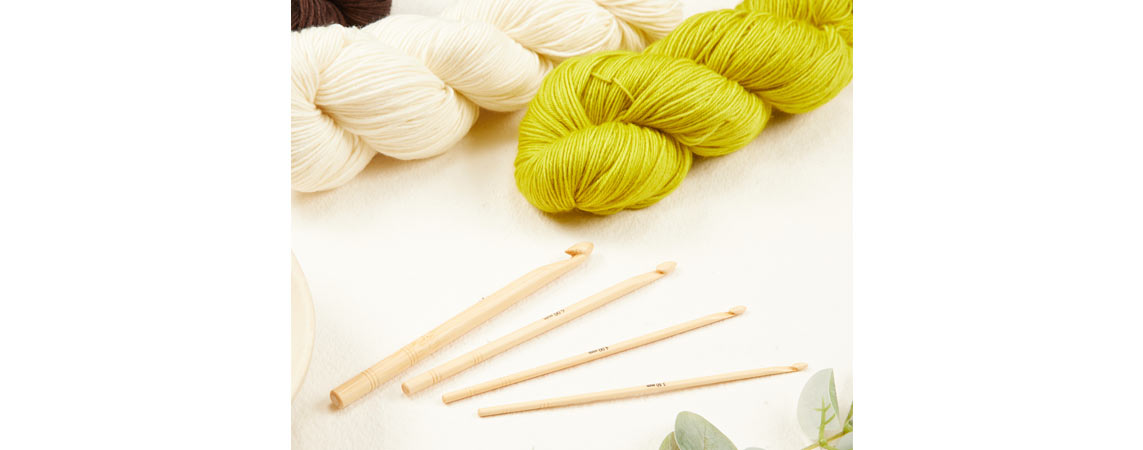
Our simple mesh pattern is a crochet classic and will get you started on your lace journey. However, the final product will look anything but basic.
Materials:
- DK-weight yarn
- 5mm - 6mm single-ended crochet hook
- Scissors and a yarn needle
Stitches Used:
- Chain stitch (ch)
- Double crochet (dc)
- Skip (sk)
Pattern:
Make a crochet chain of any number of 6 plus 3
Row 1. DC into the 3rd ch, make 5 ch, sk 5 ch and Dc in the 6th ch. This forms your first "mesh." Continue until the end of the first row.
Row 2: Ch 5, turn. Dc into the middle ch. of the previous mesh.
Repeat Row 2 until your piece reaches the desired length
Once completed, you can add tassels if you make a shawl or a border of DCs for added stability if you wish to create a bag.
Lace crochet can be intricate, so take your time and be patient. In single-ended crochet, mistakes can be undone easily, though. Using the best KnitPro crochet hooks and practicing on a small swatch before starting a more extensive project will help build your confidence. Happy Lace Crochet!


